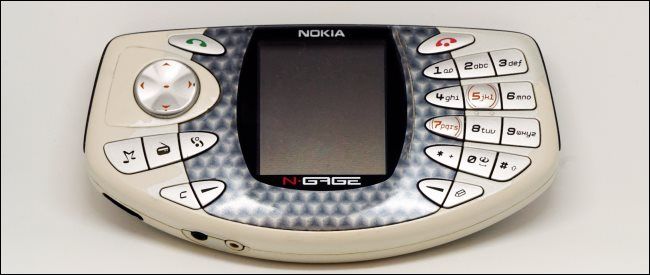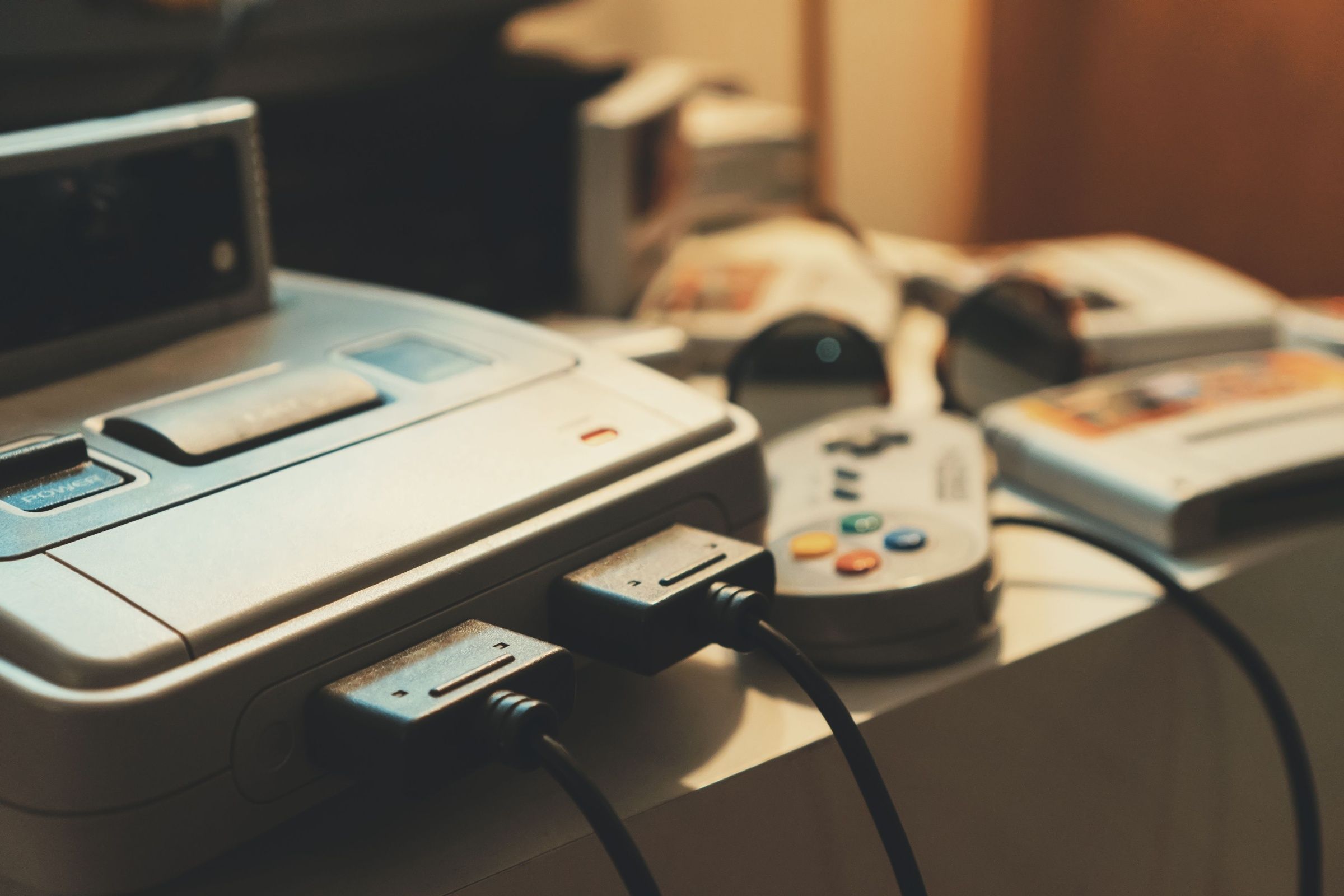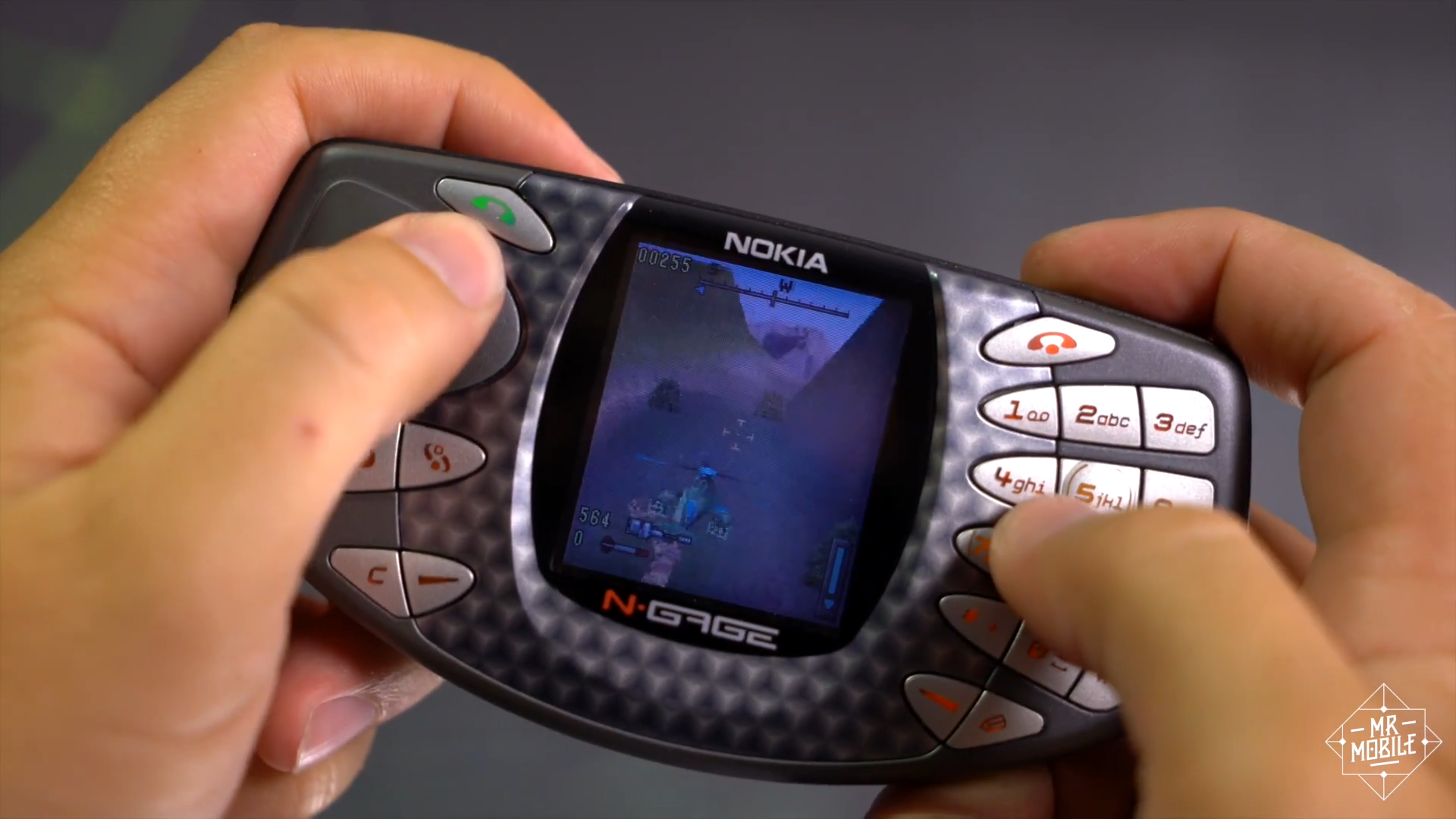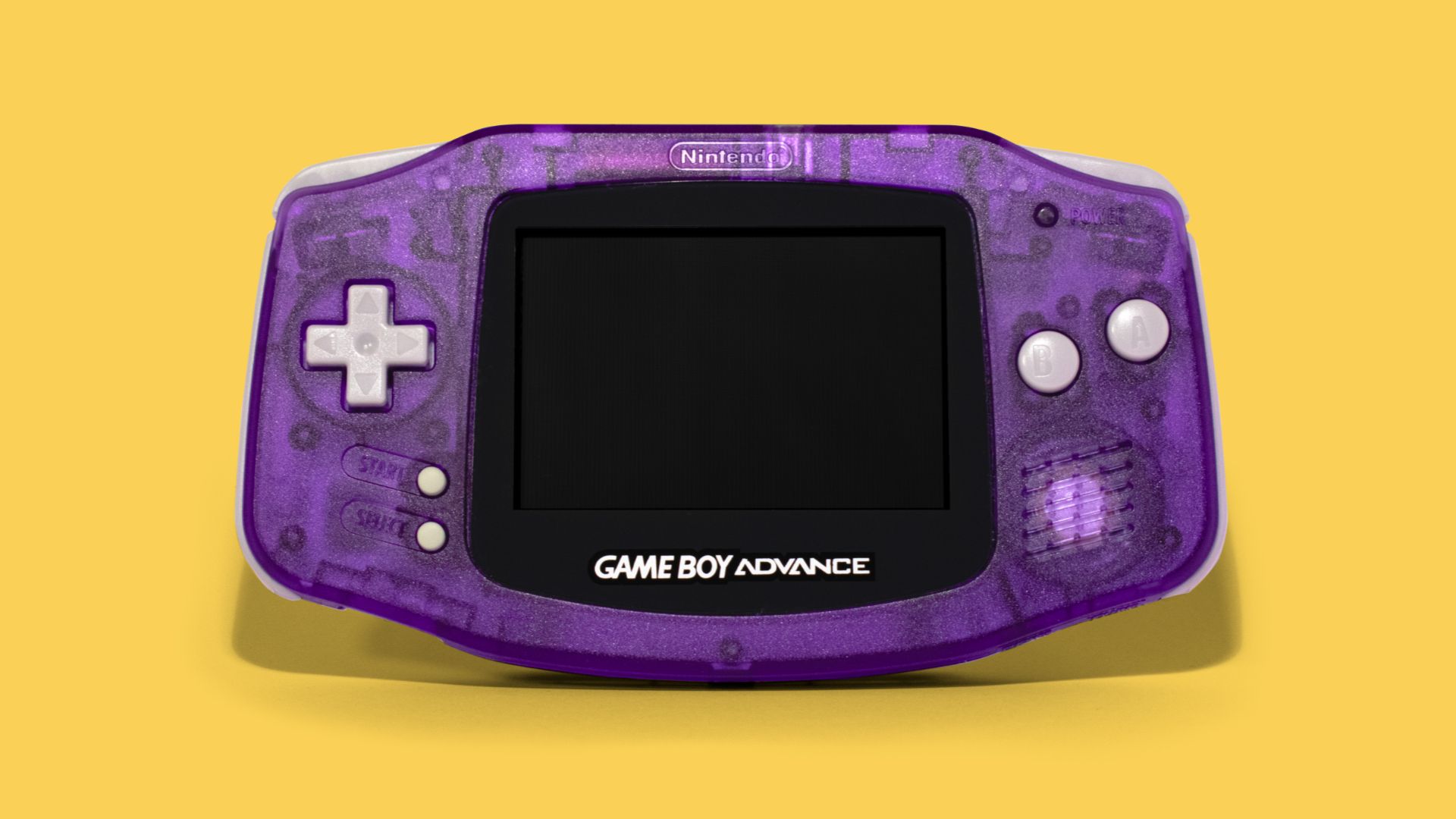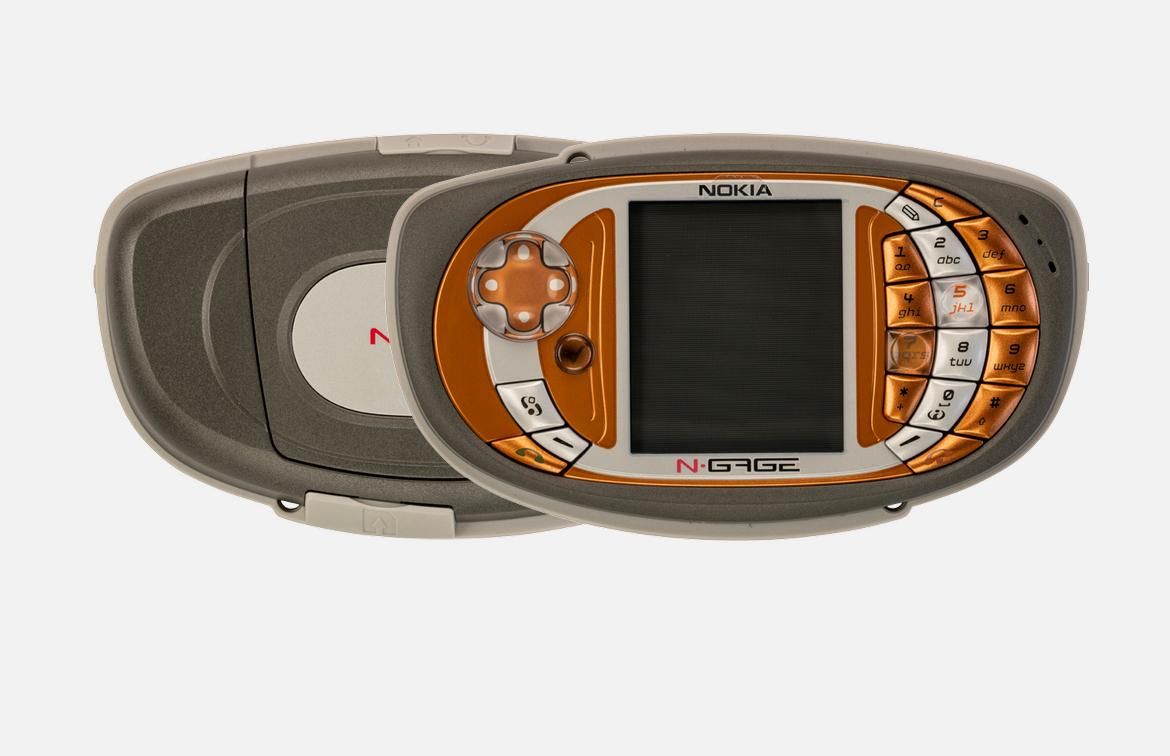You’re mistaken if you think gaming phones are a new category in the smartphone industry. Of all companies, Nokia released the first-ever gaming phone, the N-Gage, back in 2003. Unfortunately, it was a complete failure despite offering some of the best specs of that time.
Was the Nokia N-Gage Any Good, or Just a Hype In the Market?
Unlike modern smartphone brands, Nokia has always been known for experimenting with its phone designs and the features it offers. The Nokia 7380, Nokia N93, Nokia N-Gage, and Nokia 8800 are just a few from the long list of Nokia devices with unique designs. Among these, the Nokia N-Gage was a completely new concept in 2003 and was arguably the first mobile gaming device.
Nokia introduced the N-Gage as a competitor to a Nintendo gaming handheld, the Game Boy Advance. What made the N-Gage unique was that it was a handheld game console with all the capabilities of a cell phone. The phone ran on Symbian OS and offered calling, messaging, as well as app installation capabilities. In fact, all the hardware specifications of the N-Gage were similar to those of the Nokia 3650, the only difference being that the latter came with a built-in camera.
Though I personally didn’t have the N-Gage, as I was just a four-year-old kid when it was released, my uncle did, and I remember playing MotoGP on his device. That said, there were more than 50 games available for the Nokia N-Gage. To name a few, the device featured SonicN, Worms World Party, Call of Duty, Tomb Raider, FIFA Football 2004, Tony Hawk’s Pro Skater, and WWE Aftershock.
The N-Gage also offered local multiplayer support over Bluetooth. This meant that if someone next to you also had an N-Gage, the two of you could play the multiplayer mode of a game together.
The Game Boy Advance console also offered multiplayer support, but not via Bluetooth. Instead, if you and your friend wanted to play a multiplayer game together on the console, you were required to connect both consoles to each other using a Game Link cable or a wireless adapter. This method was much less convenient compared to the Bluetooth option that the N-Gage provided.
Interestingly, the N-Gage also offered multiplayer support over the Internet. This was a significant feature at the time. The 2004 release, Pocket Kingdom: Own the World, was one of the few online multiplayer games available for the N-Gage.
Considering all the features Nokia provided with the N-Gage, it would not be wrong to say that the first-ever gaming phone was not just hype in the market, it was actually quite good. The popularity of the N-Gage is evident from the fact that, more than 20 years after its release, Lowtek Games has launched a new game called Parasite Pack for the N-Gage.
Why Did the Nokia N-Gage Fail
Nokia launched the N-Gage in 2003, and they were hoping to sell around 6 million units by the end of 2004. Unfortunately, they were able to sell just over 2 million units of the N-Gage. So, what was the reason behind such poor sales of the N-Gage despite offering some of the best features?
Poor Design and Failure to Attract Any Particular Age Group
The earpiece was located on the side of the N-Gage; as a result, you were required to hold the phone sideways to your ear to talk with someone on a call. Its ergonomics were also not as good as those of its main competitor, the Nintendo Game Boy Advance, for gaming. The Game Boy had better controls, making it easier to play games on it than on the N-Gage.
Furthermore, when the phone was launched, it was advertised as a handheld gaming device with all the cell phone capabilities. However, unlike today, gaming was mainly popular among children during 2003-04, and parents at that time were not comfortable giving their small children a cell phone.
So, the N-Gage was unable to find its place among younger audiences, nor even among older audiences, because of its poor design—especially due to the bad placement of the earpiece.
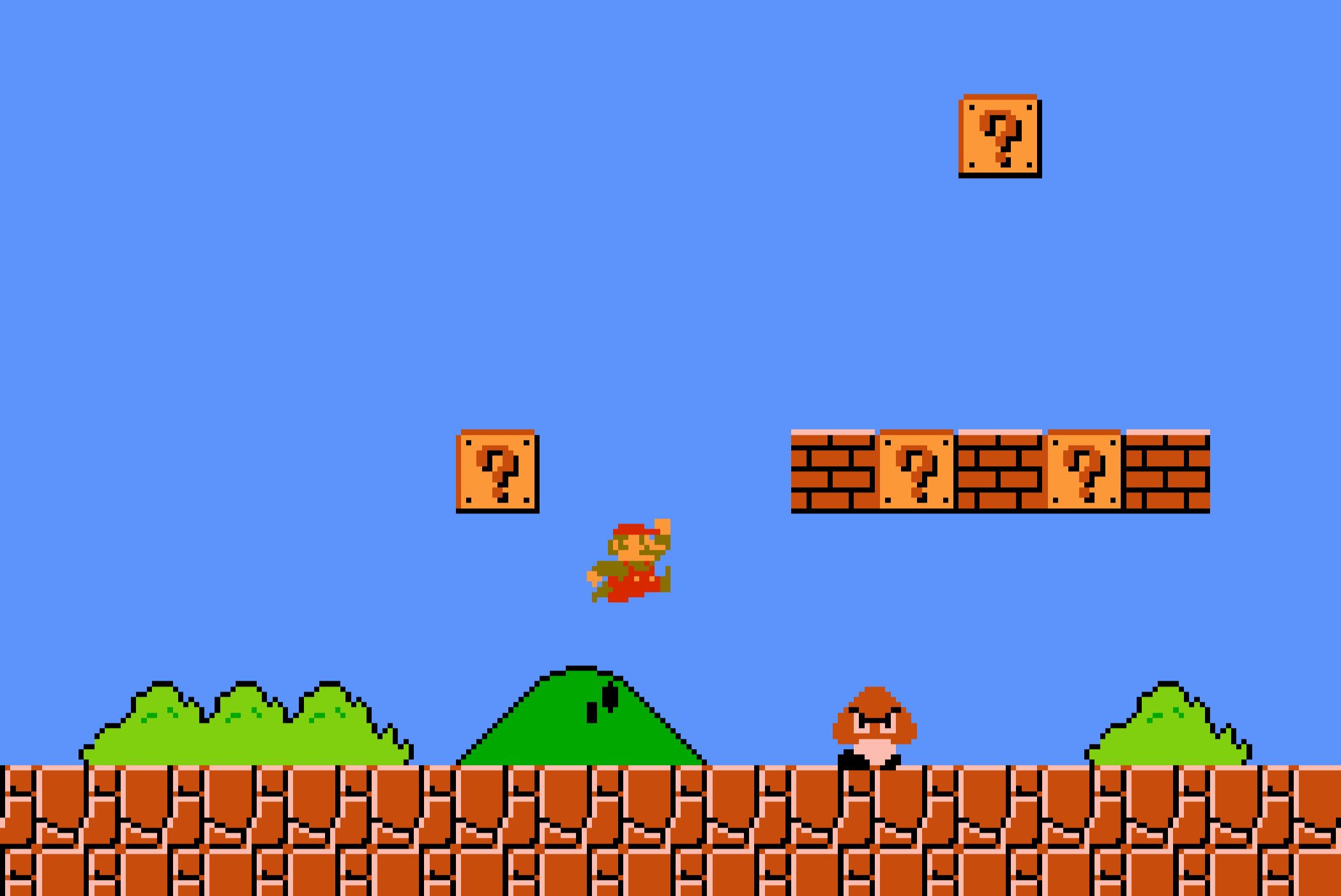
Related
I Spend More Time Playing Retro Games Than New Ones, Here’s Why
There’s a world of retro games out there for you to explore.
Most Games Were “Just” Playable
Although the N-Gage had a faster processor than the Game Boy Advance, its smaller screen size and lower resolution made it very difficult to play games on it. As a heads-up, the N-Gage had a 2.1-inch screen with a 176 x 208 px resolution, whereas the Game Boy Advance had a 2.9-inch screen with a 240 x 160 px resolution.
Due to the smaller vertical screen and lower resolution, people had a very hard time playing most of the popular games on the N-Gage, which were easily playable on the Game Boy. The vertical screen of the phone ruined the gameplay of games like Sonic Advance, where gamers had no view of what was in front of them. Even big names like Call of Duty were just playable on the phone. Gamers often experienced significant frame drops, and the games tended to load very slowly.
The worst part about the N-Gage was the procedure required to add new games. Unlike today, where you can download your favorite games from the App Store or the Play Store, you were required to insert the game card into the N-Gage to play a game. This involved removing the phone’s back cover, taking out the battery, and then inserting the game card. The whole process was very lengthy and inconvenient.
Three Times More Expensive Than the Nintendo Game Boy Advance
Costing is one of the main aspects companies should consider whenever they launch a competitor to a popular device. Unfortunately, Nokia failed drastically in this aspect.
Nokia launched the N-Gage at $300, which was almost triple the price of the Nintendo Game Boy ($90) and even its successor, the Game Boy Advance ($100). Interestingly, purchasing a separate cell phone and a Nintendo Game Boy Advance would have been cheaper in 2003 than buying the N-Gage.
The hefty price was also the main reason why the phone failed to perform better among children. As a child, imagine asking your parents to buy you a $300 gaming device back in 2003. The only response I can imagine from my parents back then would have been a tight slap.
Anyway, because of all the aforementioned reasons, the N-Gage drastically lost the race to Nintendo, despite offering some unique features like multiplayer support over Bluetooth and online gaming. The loss is also evident in the numbers—Nintendo sold around 81 million units of the Game Boy Advance, which is almost 40 times more than the total sales of the N-Gage.
N-Gage QD—A Failed Rescuer
Nokia released the successor to the N-Gage, called the N-Gage QD, in 2004. The Finnish company tried to address all the issues users had with the original N-Gage in its successor. The QD was much slimmer, lighter, and around $120 cheaper than the original N-Gage. Nokia also fixed the earpiece and game card insertion problems. The earpiece was moved back to its normal position, and it was no longer necessary to dismantle the entire phone to insert the game card.
However, Nokia’s reputation had been so damaged by the N-Gage that even its improved version, the N-Gage QD, wasn’t able to perform well because of it. Nokia sold even fewer units of the N-Gage QD than the original N-Gage.
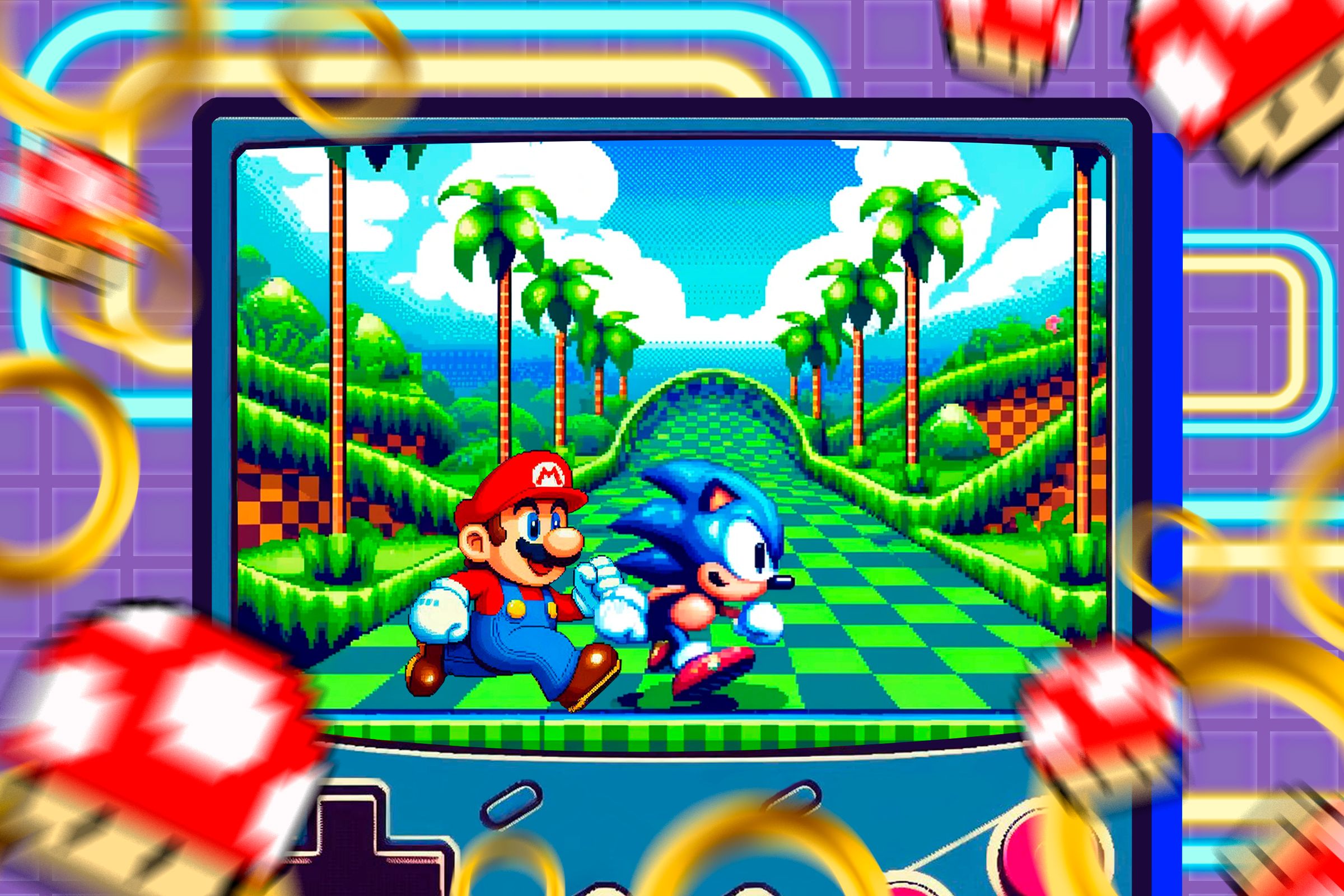
Related
The N-Gage is a classic example of why it is said that things only turn out perfectly when they are done on time, not before, not after. But we should definitely give credit to Nokia for thinking outside the box. When everyone considered a gaming console and a cell phone to be two different things, they came up with the idea of launching a device with both capabilities.

